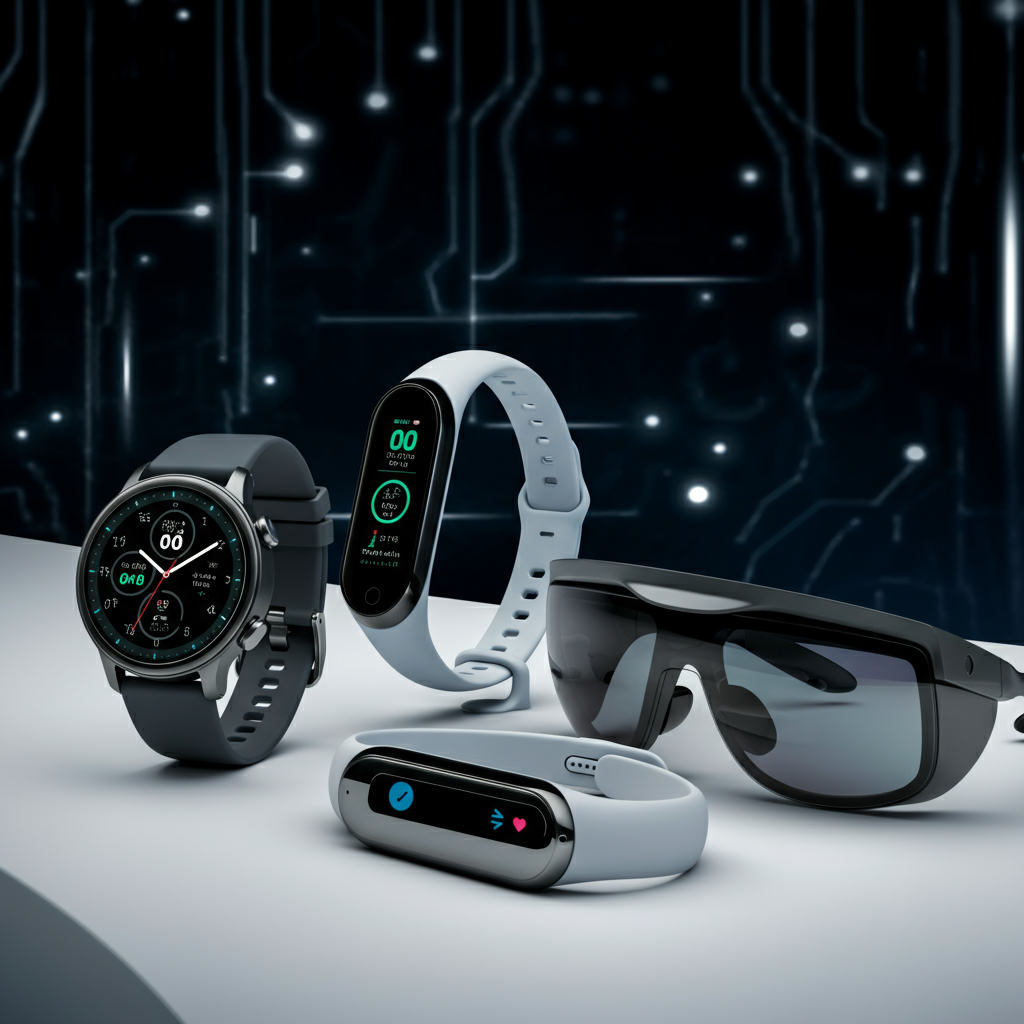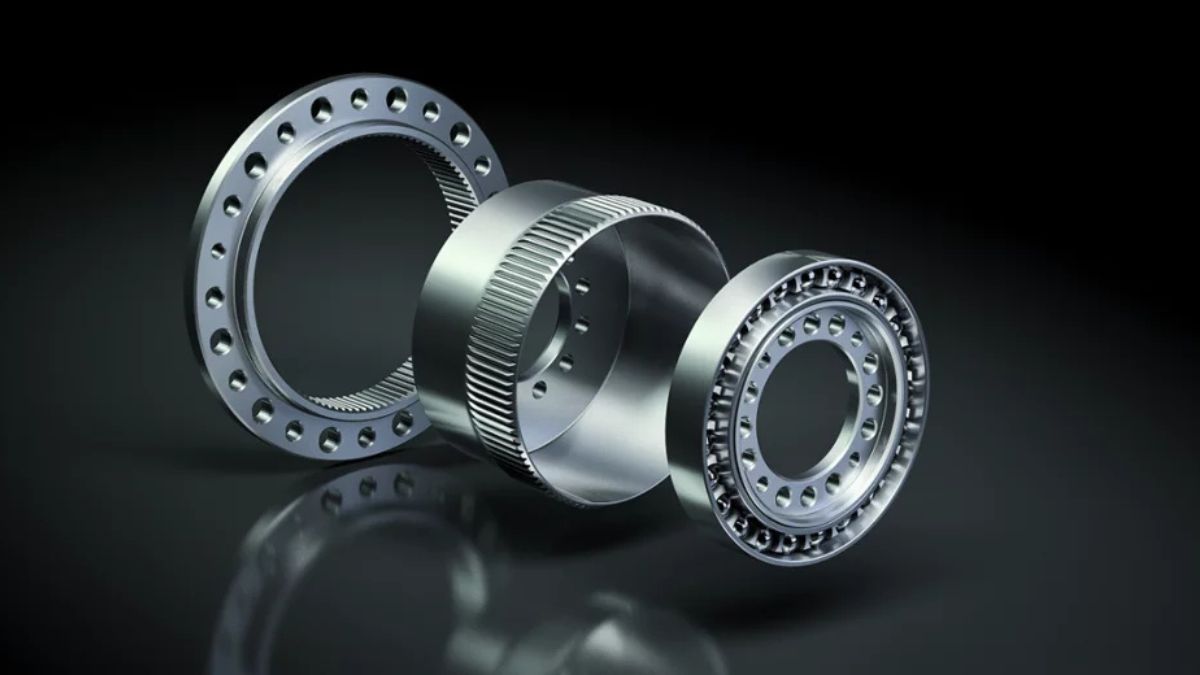Wearable devices are no longer just fitness trackers. They’re transforming how we interact with technology, enhancing healthcare, and improving daily life in unimaginable ways. From smartwatches that monitor your heart rate to biometric apparel that tracks athletic performance, wearable devices are pushing the boundaries of what’s possible.
In this blog post, we’ll explore the evolution of wearable devices, their benefits, and the trends shaping their future. Whether you’re a tech enthusiast, a healthcare professional, or simply curious about innovative gadgets, keep reading to uncover why wearable devices are taking the world by storm.
What Are Wearable Devices?
Wearable devices refer to electronic gadgets designed to be worn on the body, often integrating sensors, connectivity, and AI to track data or facilitate interactions. Think of fitness trackers like the Fitbit, smartwatches like the Apple Watch, or even more advanced setups like ECG monitors embedded into clothing.
These devices collect data such as physical activity, heart rate, sleep patterns, and even blood oxygen levels. But their applications go far beyond just fitness—they’re reshaping industries like healthcare, fashion, and security while integrating seamlessly into our daily routines.
A Quick History Lesson in Wearables
The wearable tech revolution didn’t begin with smartwatches. Its roots date back decades. For instance:
- 1970s: Pulsar developed the world’s first digital wristwatch with functions that went beyond telling time.
- 1990s-2000s: Early health-oriented wearables like pedometers gained popularity.
- 2010s: The wearable market exploded with the launch of devices such as the Fitbit and groundbreaking smartwatches.
- 2020s and Beyond: Advanced biometrics, AI capabilities, and sleek designs redefine wearables, pushing them further into healthcare, lifestyle, and work applications.
Wearables Today
Wearable devices now integrate with smartphones, smart home ecosystems, and even workplaces. Thanks to real-time insights and advanced machine learning, wearables are becoming indispensable tools for tracking health and productivity.
Why Wearable Devices Are a Game-Changer
1. Improved Health Monitoring
One of the foremost uses of wearables is in health monitoring. Devices like the Fitbit Charge and Apple Watch are equipped with sensors to measure:
- Heart rate
- Sleep cycles
- Steps taken
- Calorie burn
- Blood oxygen levels
These devices empower users to take proactive steps toward better health by providing real-time feedback and personalized recommendations.
Example
Consider an individual at risk of heart arrhythmias. A wearable ECG (Electrocardiogram) monitor regularly tracks their heart’s rhythm. If irregularities arise, the device sends them alerts, prompting them to seek medical attention.
2. Transforming Fitness and Exercise
Fitness fanatics continue to benefit the most from wearables. Athletes can fine-tune their training routines using real-time data, which helps:
- Set optimal recovery periods.
- Improve stamina and speed.
- Track hydration and calorie intake.
Did you know? Wearables like WHOOP analyze athletes’ “strain” (effort) levels and provide recommendations to optimize their routines for peak performance.
3. Convenience and Productivity
Wearables are merging into our professional lives too. Smartwatches, for instance, are no longer just for fitness—they facilitate calendar reminders, call notifications, and even remote work features like dictation and task tracking. This simplifies life’s routines, helping users streamline their productivity.
4. Innovations in Healthcare
Medical-grade wearables are entering hospitals and homes, revolutionizing patient care:
- Diabetes Management: Continuous Glucose Monitors (CGM) help manage insulin levels automatically.
- Remote Patient Monitoring: Wearables reduce hospital visits by tracking chronic conditions and updating doctors about patient status remotely, in real-time.
- Detecting Respiratory Conditions: Devices such as pulse oximeters help monitor breathing quality, an especially valuable tool during the COVID-19 pandemic.
5. Mental Health Support
Mental health-focused devices now monitor variables such as stress levels, heartbeat variations, and mindfulness exercises. Apps like Calm and Headspace sync with wearables to provide progress reports, making managing mental health more approachable.
Emerging Trends Shaping Wearable Devices
Wearable technology continues to evolve, with some truly groundbreaking trends on the horizon:
1. Biometric Apparel
Athletes are adopting specialized clothing with embedded sensors to track performance. Brands like Under Armour are working on T-shirts and sneakers that can measure metrics like body temperature and exertion during workouts.
2. AI Meets Wearables
Wearables are integrating advanced AI to provide predictive analytics. For example:
- Smartwatches could analyze subtle patterns in heart behavior to predict heart attacks.
- Virtual fitness guides powered by AI recommend personalized exercise routines.
3. Fashion Meets Technology
Wearables are no longer bulky, utilitarian devices. Companies are shifting towards stylish, minimalist designs that double as fashion accessories. Hybrid models like the Garmin Vivomove Luxe combine analog designs with smart functionalities.
4. Enhanced Battery Life
One limitation of wearables has always been battery life. Companies like Fitbit are focusing on solar charging or energy-harvesting materials, making these devices more eco-friendly while reducing the need for frequent recharging.
5. Wearables for Smart Cities
Wearables will likely play a vital role in developing smart ecosystems. Imagine a city where your wearable automatically interacts with public spaces—unlocking bikes, paying tolls, or directing you to the nearest charging station.
The Challenges of Wearable Devices
While wearables offer immense benefits, they’re far from perfect. Some challenges include:
- Cost of Advanced Devices: Premium options are often expensive, limiting accessibility.
- Privacy Concerns: Extensive data collection in wearables poses significant privacy and security risks.
- Limited Battery Life: Despite improvements, extended usage without recharging remains an issue for many devices.
To address these obstacles, manufacturers are bringing affordable options to the market, strengthening encryption technologies, and investing in alternative power solutions.
Should You Invest in a Wearable Device?
Absolutely! Whether for boosting health, tracking fitness goals, or improving convenience, wearable devices make our personal and professional lives more manageable and efficient.
When choosing a device, consider your specific needs—do you want it primarily for fitness, health tracking, or productivity? For example:
- Fitbit or Garmin are ideal for fitness enthusiasts.
- The Apple Watch excels in both productivity and health monitoring.
- CGM devices are for individuals managing diabetes.
What’s Next for Wearable Devices?
The future of wearables is undoubtedly exciting. With advancements in AI, sustainability, and design, these devices are inching closer toward seamlessly blending with our lives. As they evolve to address current limitations, wearables will remain indispensable in improving health, efficiency, and connectivity.
If you’ve been wondering whether to enter the world of wearables, now’s the time. These gadgets are no longer just a luxury—they’re tools helping millions of people lead healthier, more productive lives.
The Role of Wearables in Shaping Future Healthcare
Wearable devices are not only transforming individual health management but are also poised to play a pivotal role in reshaping the broader healthcare landscape. The integration of wearables with healthcare systems enables a shift from reactive to proactive medical care. By continuously monitoring vital signs and providing real-time health data, wearables facilitate early detection of potential health issues, allowing physicians to intervene before conditions worsen.
For instance, cardiac patients equipped with wearable ECG monitors can receive alerts about irregularities long before symptoms manifest, potentially saving lives. Meanwhile, wearable biosensors are advancing remote patient monitoring during postoperative recovery, reducing hospital readmissions and associated costs. With further data integration into electronic health records (EHR), physicians can gain a holistic view of a patient’s health, leading to more personalized and effective treatment plans.
The ability of wearables to foster preventative care also has significant implications for healthcare accessibility. Patients in rural or underserved areas can benefit from remote tracking and virtual consultations, reducing the need for in-person visits and bridging the gap in healthcare disparities. The scalability of these technologies offers a promising solution for overburdened healthcare systems, paving the way for more efficient and equitable care delivery.
Industry experts predict that the continued advancement of wearable healthcare technology, combined with AI and machine learning, will lead to revolutionary changes in how diseases are diagnosed, managed, and prevented. The fusion of technology and medicine promises a future where individuals are empowered to take charge of their health like never before









